Xiaomi has also had its smartphone series available for several years Redmi. These are pieces with a very interesting price/performance ratio. And the smartphones of this series were so successful that the manufacturer decided to separate them under a separate subsidiary brand with the same name Redmi.
Model Redmi Notes 7 is the most popular of the new series, as evidenced by the 20 million units sold in less than 8 months of sales. Although it is not a complete novelty, we nevertheless tested it in detail in the just-beginning review.
We bought it here
best market prices Redmi Notes 7
Contents of the package
The smartphone arrives in a relatively design-clear white box with delicate orange elements and the device inscription. The back of the package traditionally offers basic technical specifications. We don't have to blame the packaging for anything on the outside, but the truth is that the bright red box of previous generations definitely hit the eyes more.
After unpacking, there is first a paper folder on the top. It contains a simple clear silicone case (dark and "smoky" when the device is black), a paper manual or a needle for pulling out the SIM card slot. Below this folder is the main one, the smartphone itself in a protective foil.
Beneath the smartphone is a USB Type-C charging cable, which has a traditional USB type A terminal at the other end. The European package also includes our standard charging terminal with a power of 5V / 2A. However, it is not a quick charger, it must be purchased separately. The smartphone supports fast charging.
The feeling of a flagship
At first glance, we can definitely confirm that the device looks more expensive than its real price. With its dimensions of 159,2 x 75,2 x 8,1 mm, it offers a straight to above-standard 6,3-inch display panel with minimal frames and a fine cut-out in the display for the needs of the front camera (yes, the "chin" is still there).
The processing of the smartphone is exemplary, nothing breaks on the body and Redmi therefore, he definitely deserves praise for this model.
If we take into account the relatively large capacity of the battery, the weight at the level of 186 grams is fine. The thickness of the device exceeds eight millimeters, but previous generations had a similar value. The rear camera protrudes from the body of the smartphone by an extra millimeter. If you want to prevent damage, we recommend using a protective cover.
The front wall contains the mentioned large IPS panel, with a cut-out for the front camera, there is also a speaker, the necessary sensors and a notification LED diode. However, its location is unconventional, at the bottom of the device in an imaginary "chin". The upper edge contains a secondary microphone, an infrared sensor for controlling household appliances, as well as a classic 3,5 mm audio connector.
The bottom edge is home to a USB Type-C connector designed for charging or connecting to a computer, there is also a loud speaker and also a primary microphone. The design gently points to the stereo system, unfortunately, the speaker is only mono. The left side is practically empty, it only contains a slot for a pair of SIM cards or a memory card (up to 256 GB). The slot is a hybrid.
Although the smartphone has a metal frame inside, the outside is plastic. However, the back wall is made of tempered glass, and it also acquires the mentioned more valuable feeling of the device. There are a pair of rear cameras, a flash, a standard fingerprint reader (conveniently placed), and the inscription "Redmi by Xiaomi” along with other necessary information.
Classic "IPS-sko"
The 6,3 ″ display panel is of the IPS type and offers a total resolution of 2340 x 1080 pixels (ie Full HD +). Below the display is a slightly thicker chin, which has no special use. However, it contains an LED for notifications. However, given the price of the device, this is a relatively understandable compromise.
The display as such is not bad, although it does not have the quality of flag panels, but it has good viewing angles and quite natural and true colors. In addition, these can be corrected in the settings. Good for that price, but a higher overall brightness would come together. In direct sunlight, this is currently a bit insufficient. Otherwise satisfaction.
Performance is enough for everything
The device is powered by either 3/4 GB RAM (depending on the memory version of the device), an eight-core mid-class Qualcomm Snapdragon 660 processor and also the Adreno 512 graphics chip. Although it is last year's chipset, it still offers very good performance. The results of the AnTuTu benchmark test are available in the gallery below.
Stability with the system itself was not a problem and the processor will suffice for simpler 3D games. Especially in game mode, which Xiaomi connects by software. So we didn't see any major performance issues, but the newer 665 or 710 series processor would definitely show something more about the smartphone.
In terms of memory versions, the cheapest version offers a combination of 3 GB RAM + 32 GB internal storage. This is a standard basis, especially for the most demanding users or for users who are relatively active in the use of cloud storage. In addition, the storage can be hybridly expanded with a microSD memory card up to 256 GB.
There is also a version with 4 GB RAM + 64 GB internal storage and 4 GB RAM + 128 GB internal storage. To some, 4 GB of RAM in the top version may seem small, but RAM is sufficient for all operations.
Fingerprint reader
The smartphone contains a practical and basic fingerprint reader, which found its place on the back wall, in the middle under the camera lenses. Its location is very good and can be easily reached by both left-handers and right-handers. With smaller hands, you will encounter the problem of the overall size of the device rather than the location of the reader.
In any case, the responses of the used sensor are reliable, the manufacturer has equipped his sensor with suitably optimized appropriate software. Sure, we also have faster and more stylish fingerprint readers, but in this case it was built on simplicity and practicality. Managed to.
MIUI is brisk
Currently, there is also a smartphone on our market Redmi Note 7 distributed with the latest operating system Android 9.0 Pie. It is understandably improved by the graphically powerful MIUI superstructure, which we will talk more about in the next chapter of this review.
The smartphone is not bad at all, even in terms of security. Despite the massive superstructure, the support is very good and our piece had the last security update as of 05.07.2019. So far, the only August update is missing.
The mentioned superstructure from the manufacturer is present in the MIUI Stable version 10.3.5. It is practically a very current version, which also offers a dark mode of the UI itself, improved emoji or integrated system sounds.
The environment as such is familiar to Xiaomi users. It is well tuned due to the chipset used. There are applications distributed on home screens or a wide degree of customization through settings. The built-in applications for calendar and clock or file manager also work flawlessly.
48 MPx for better photos?
Photographic equipment Redmi Note 7 is very good, it can be said that it is even above average for the given price. There are a pair of sensors on the back. The main one will offer 48 MPx and an aperture of f/1.8, and the second, secondary, 5 MPx with an aperture of f/2.2.
The purpose of the secondary sensor is mainly to blur the background for the bokeh effect and also helps in poor lighting conditions.
There is a dual LED flash on the back, or functionalities such as HDR or panorama. Video can be shot with the rear camera in 1080p resolution, at 30/60 or 120 fps, depending on the specific mode.
The front camera is one, located in the cutout in the display and offers a resolution of 13 MPx with f / 2.0 brightness and HDR. With this front sensor, it is possible to record 1080p video at 30 fps.
The quality of the photos in general is not bad at all. However, the occasional slight loss of details will not escape the attentive eye, even in daytime and AI modes turned off. The colors are realistic, and the contrast or stability when photographing is fine. By default, the sensor takes 12 MPx images, a full-fledged 48 MPx is available only in the separate "PRO" mode, where this resolution still needs to be turned on.
Slightly freezes the poorer quality of night photos, resp. photographs taken in poor lighting conditions. Whether night or standard mode, photos lack sharpness and detail. Despite the shortcomings, the smartphone also defends its price in terms of photography.
In the gallery below, we bring you a preview of photos with daylight, photos taken in poor lighting conditions, full-fledged 48 MPx photos, but also macro photos. Sample photos in the gallery are scaled down for review. The original in full resolution is available in the following link.
NFC is missing, audio jack is not
In terms of connectivity, the smartphone offers virtually standard equipment that does not deviate from the equipment of competing devices. Vice versa Redmi Notes 7 it loses a bit, as there is no NFC chip usable here, for example, for contactless payments. It is therefore not possible to pay with this telephone in a brick-and-mortar store.
Other equipment includes Wi-Fi 802.11 a / b / g / n / ac, Bluetooth 5.0, A2DP, LE, GPS together with technologies such as A-GPS, GLONASS, BDS. 18 W Quick Charge 4 charging and connection to a computer is provided by a USB type C connector.
Surprise the ever-present FM radio with recording support and the infrared sensor for home electronics control. The sensor itself is complemented by a built-in application Mi Remote.
Perfect endurance
set Redmi Note smartphones have been known for their high battery capacity for several generations. A few years ago, when we got our hands on a version Redmi Note 3, the battery with a capacity of 4100 mAh was simply superior. Now modernized Redmi Note 7 continues the established trend and brings a battery with a capacity of 4000 mAh.
Software optimization is exemplary, although it sometimes closes applications in the background a little earlier than would be good. However, the phone will pay off with the endurance at the level of 1,5 - 2 days per charge with the screen switched on at the level of 8 - 10 hours.
With a truly demanding work day and a strong display brightness, the phone can handle a full day and even save a percentage in the evening. The manufacturer definitely deserves praise for its capacity and battery life.
Final Review: Best Budget Smartphone
As for the question: "To buy or not to buy?", Redmi The Note 7 is a truly gifted device and the answer is clearly Buy. If there are reasons to buy this smartphone, it is mainly an excellent price/performance ratio, high-quality processing of the body of the device, accessories in the package, good software optimization, an above-average 48 MPx camera, an excellent battery and extra little things like a 3,5 mm audio connector or infrared sensor.
The price device starts in Chinese e-shops already at the level 130 eur / 3350 CZK. Versions of 3 GB RAM / 32 GB, 4 GB RAM / 64 GB and also 4 GB RAM / 128 GB internal storage are available.
We bought it here
best market prices Redmi Notes 7
The balanced device will definitely find a lot of fans, especially in the target group up to 200 euros, and also for users who do not strictly require the performance of a flag model. This is a really good piece of middle class equipment.


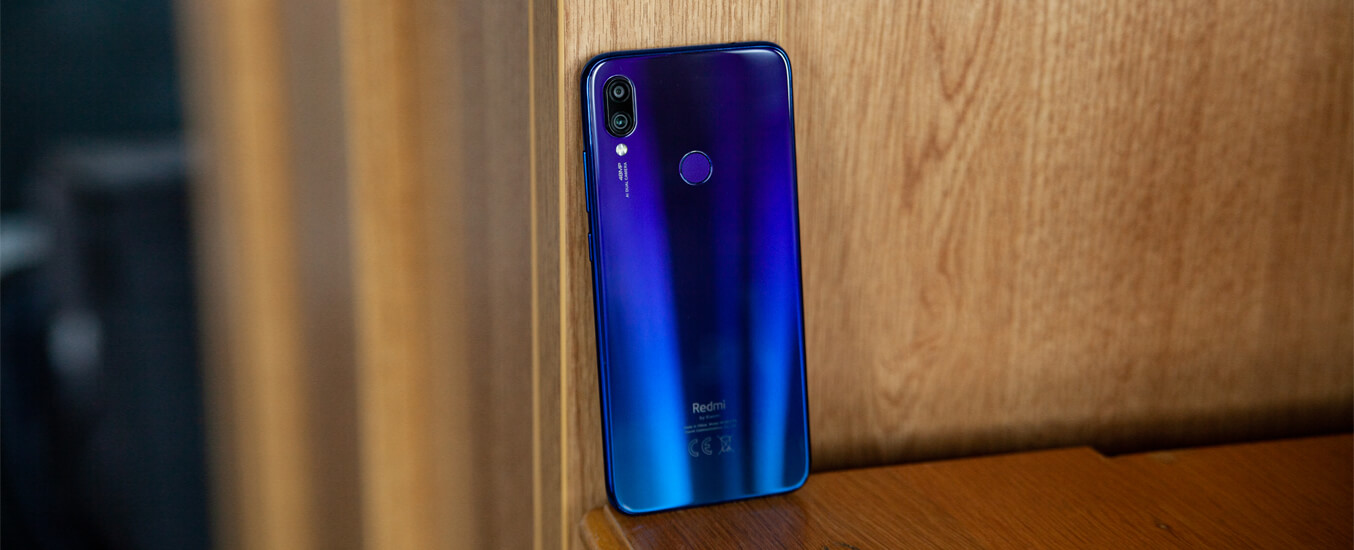

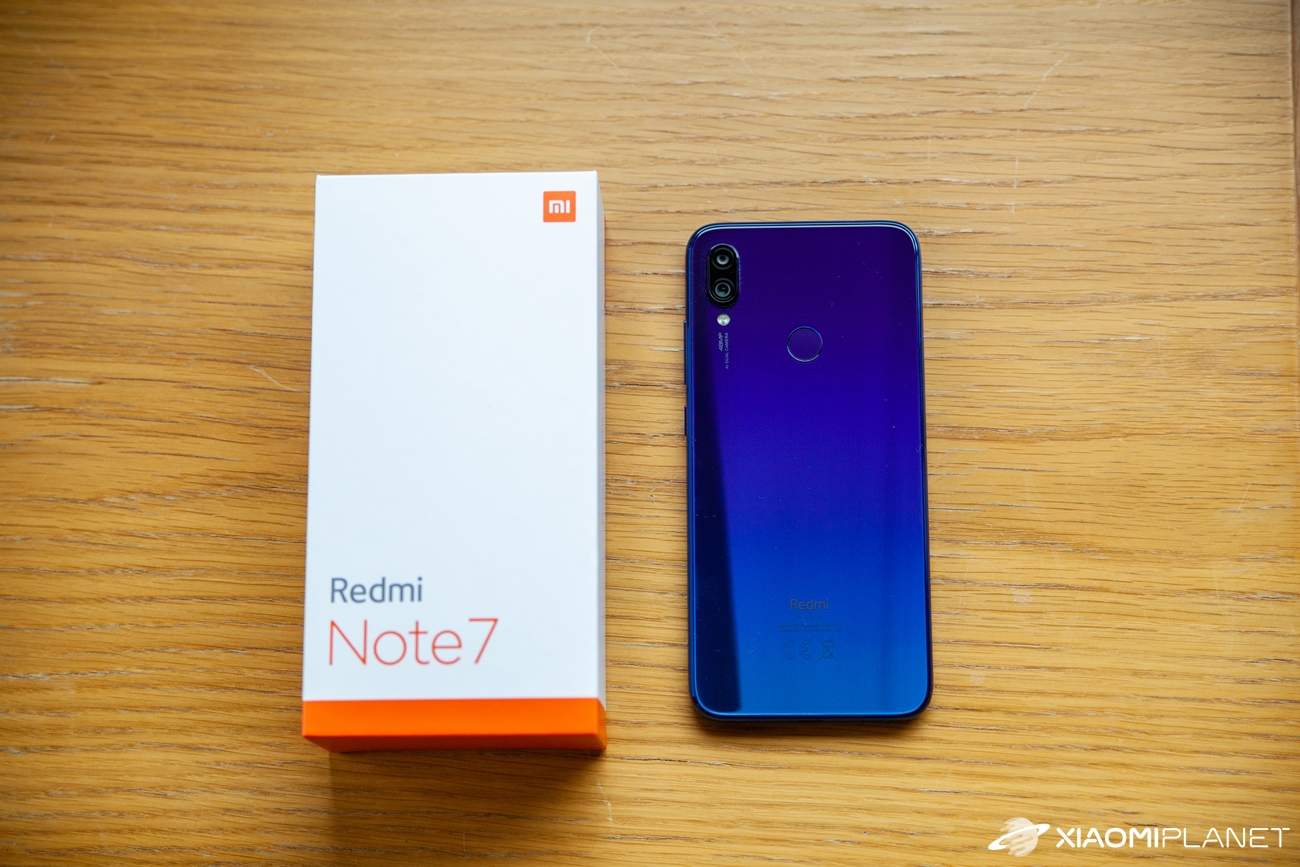
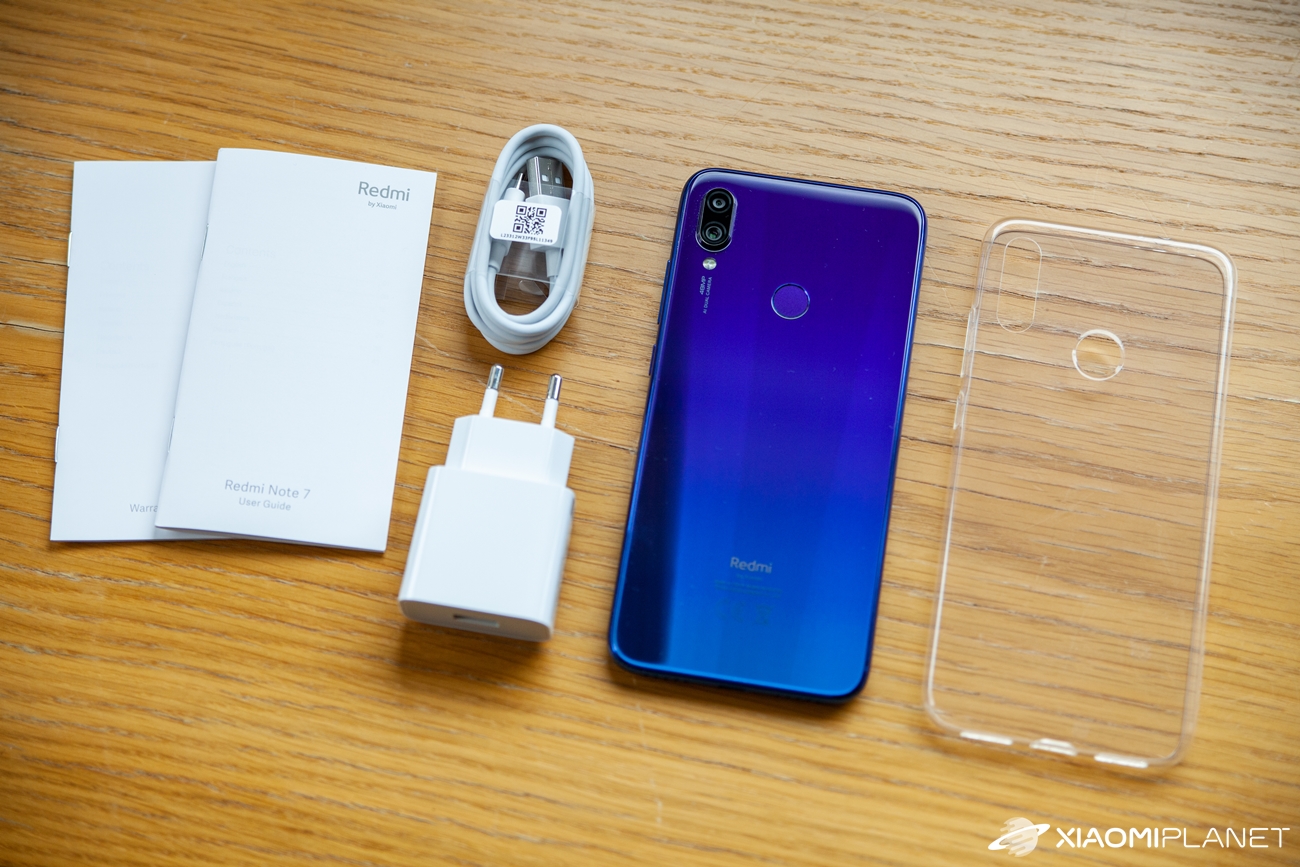

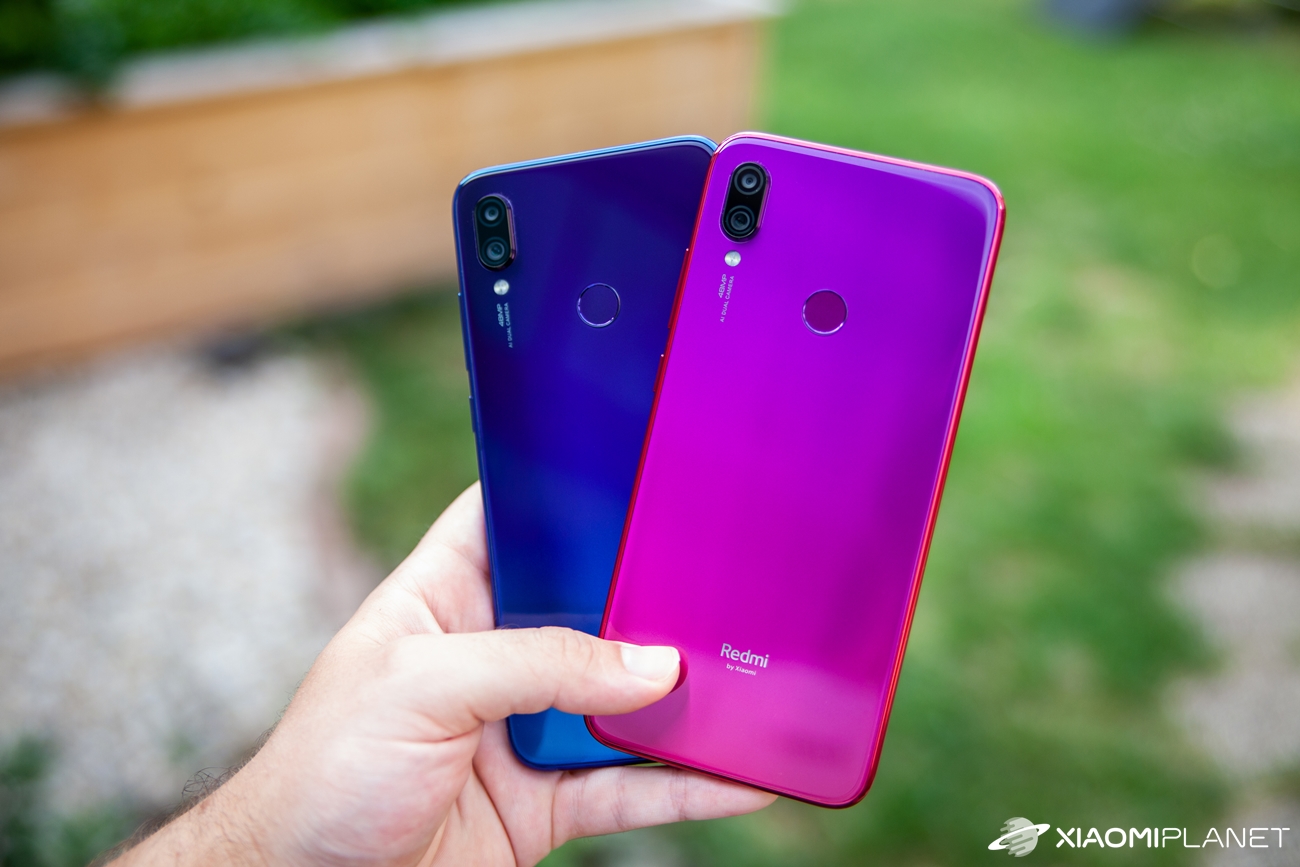



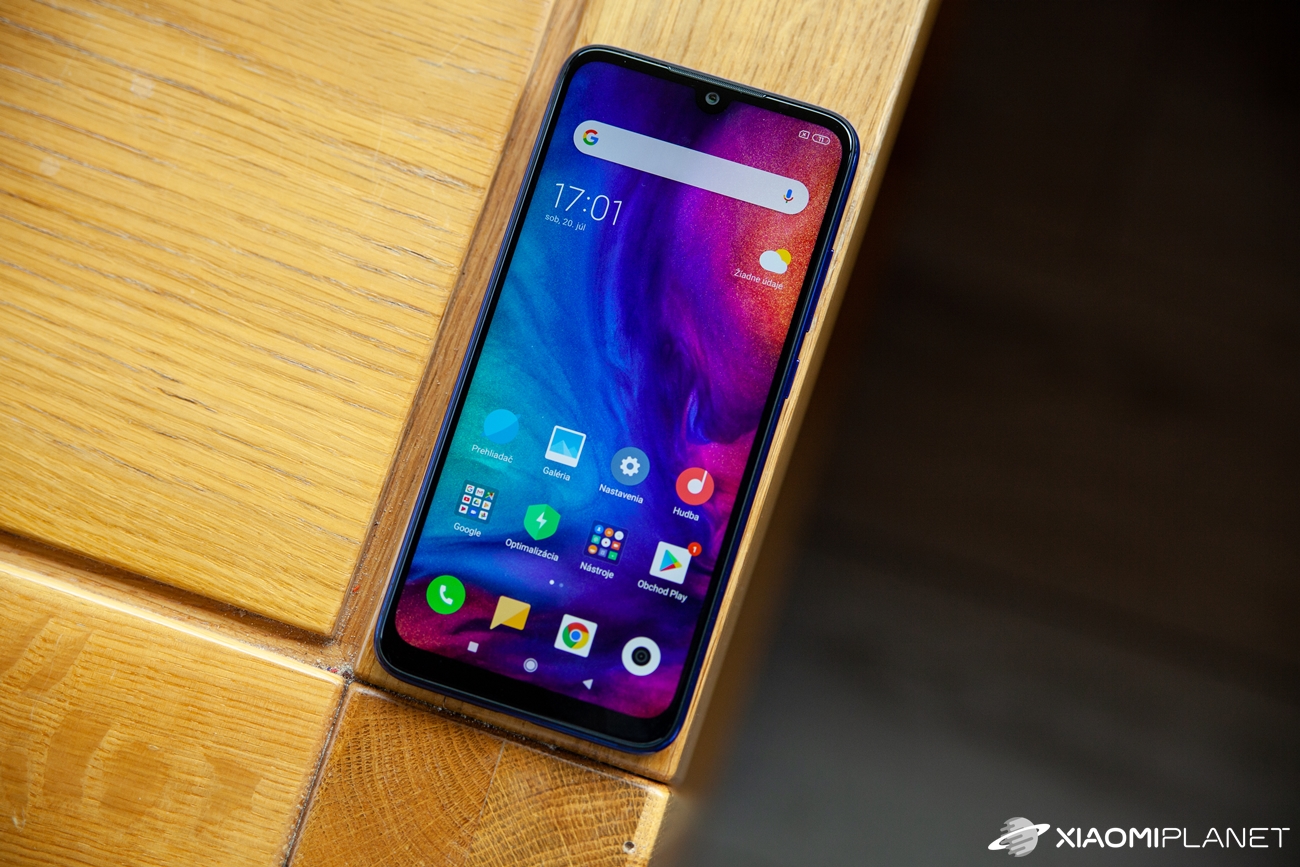
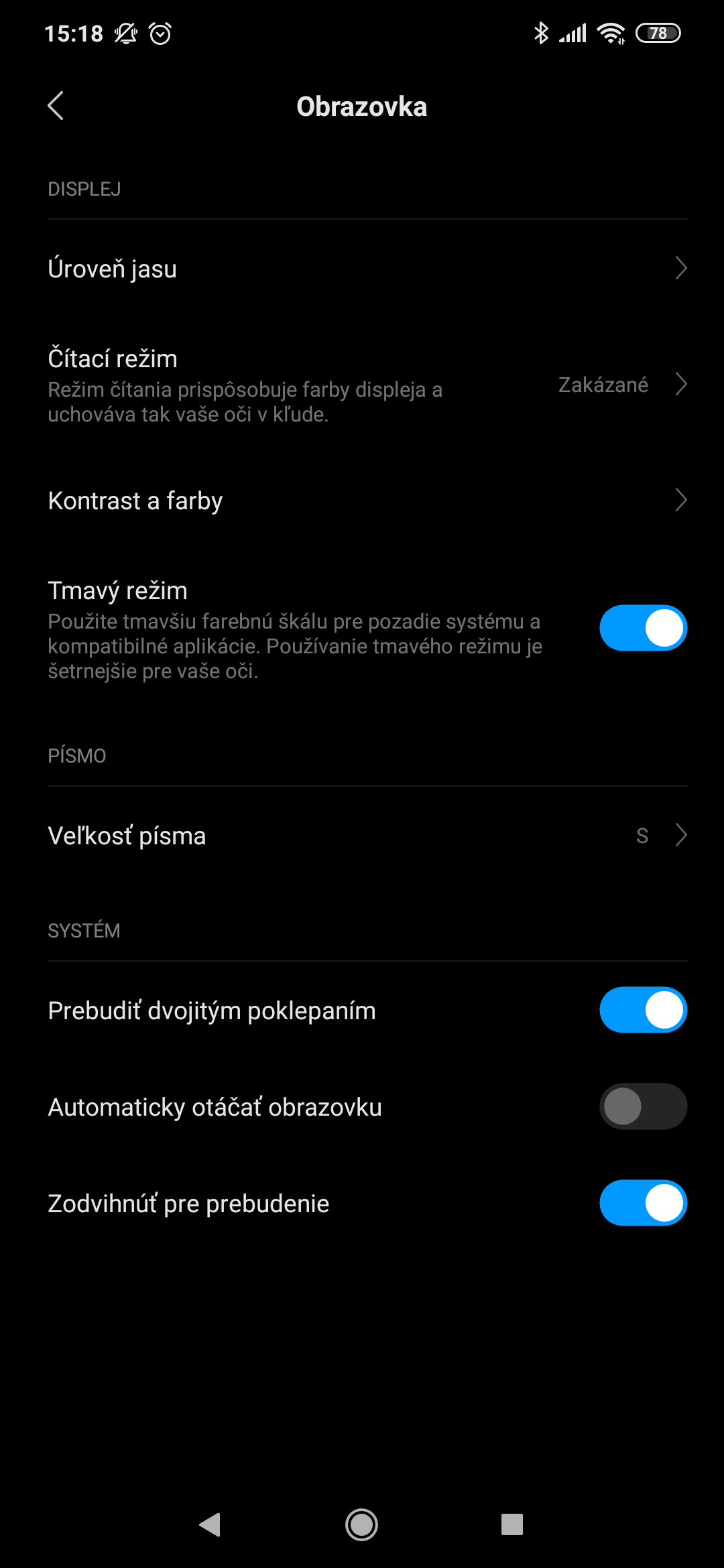

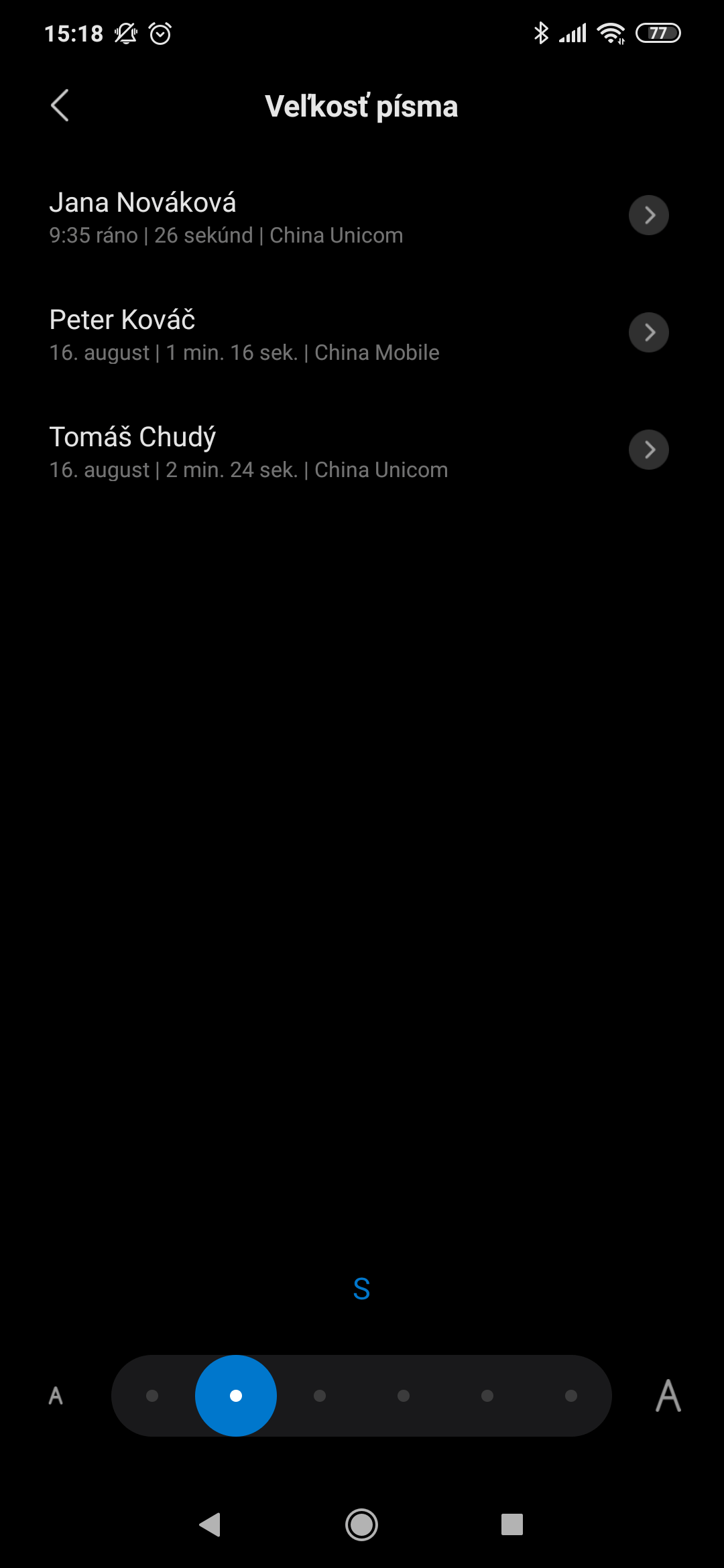




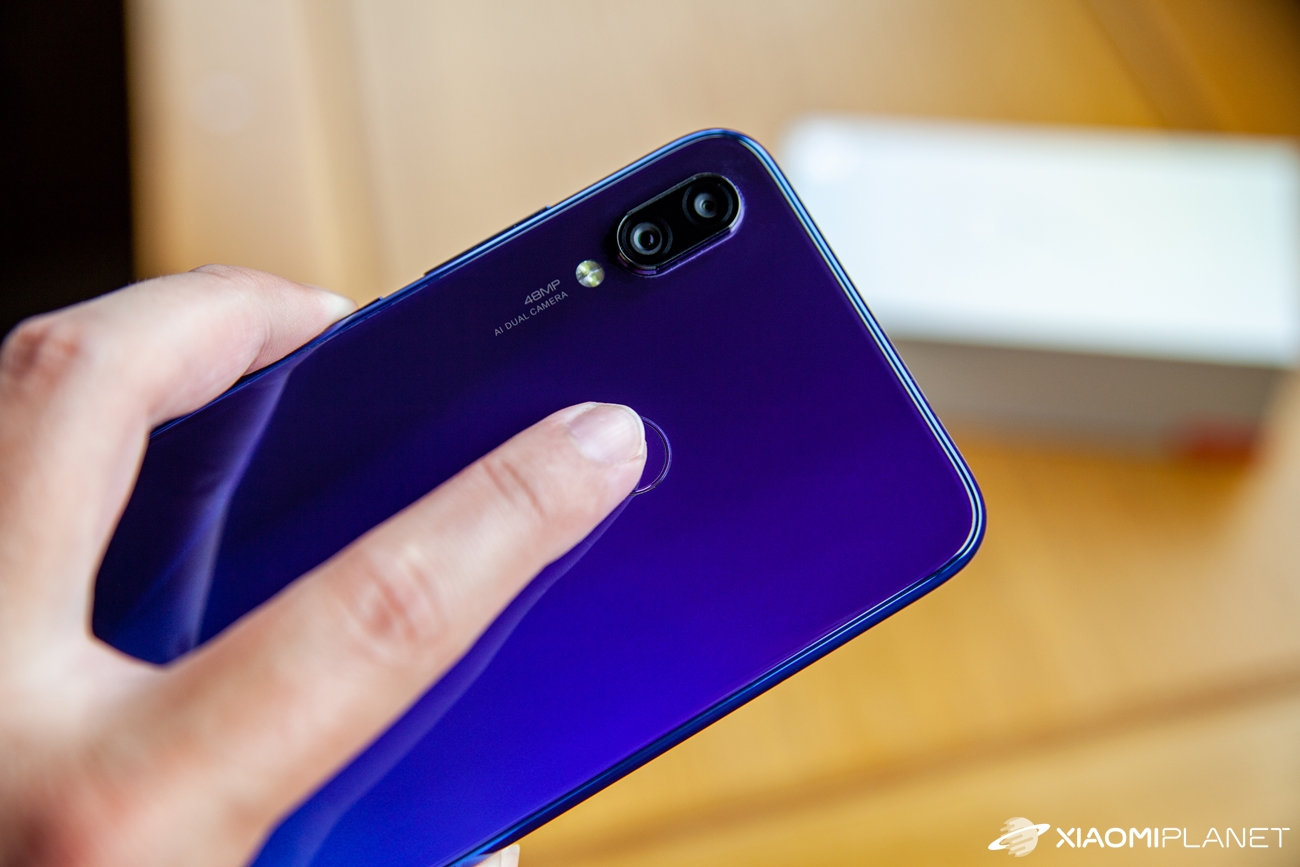
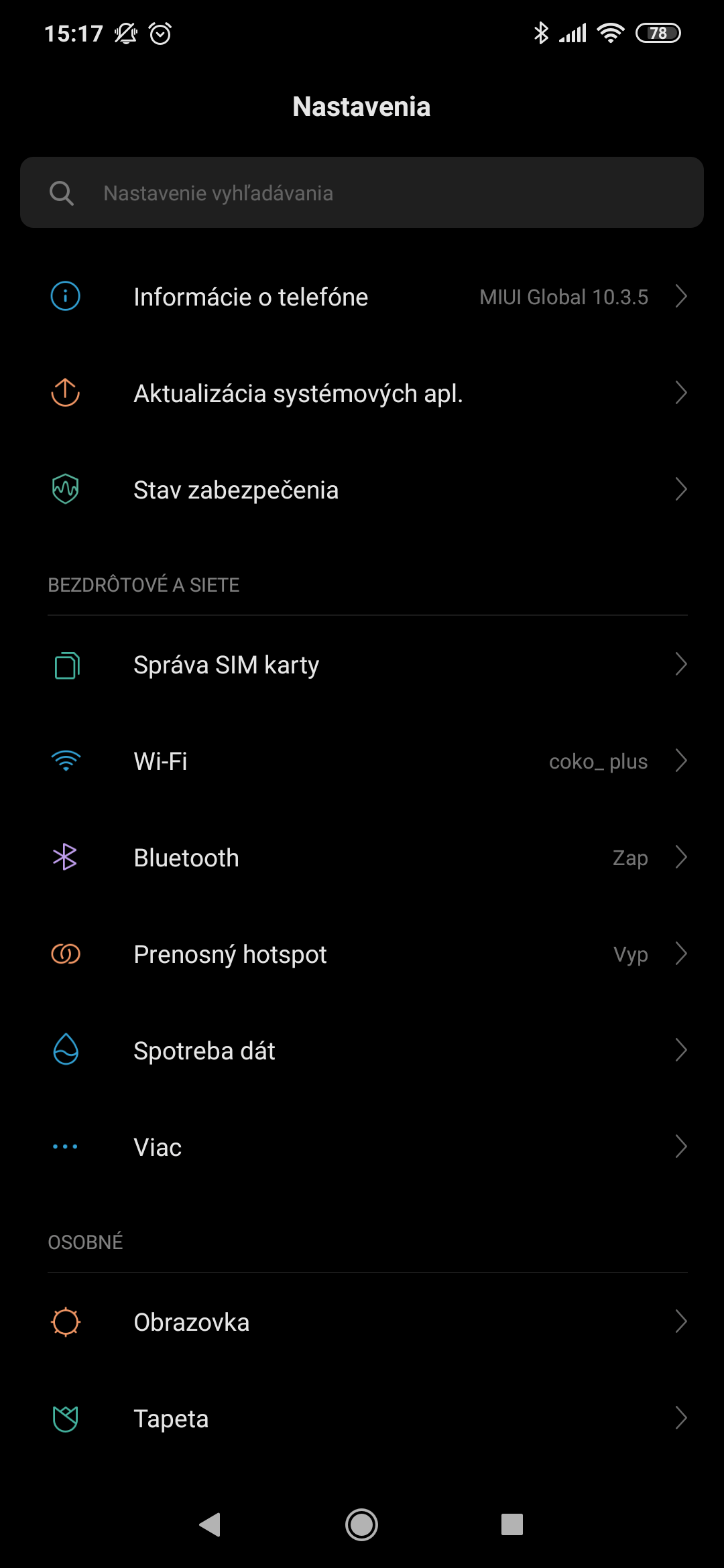
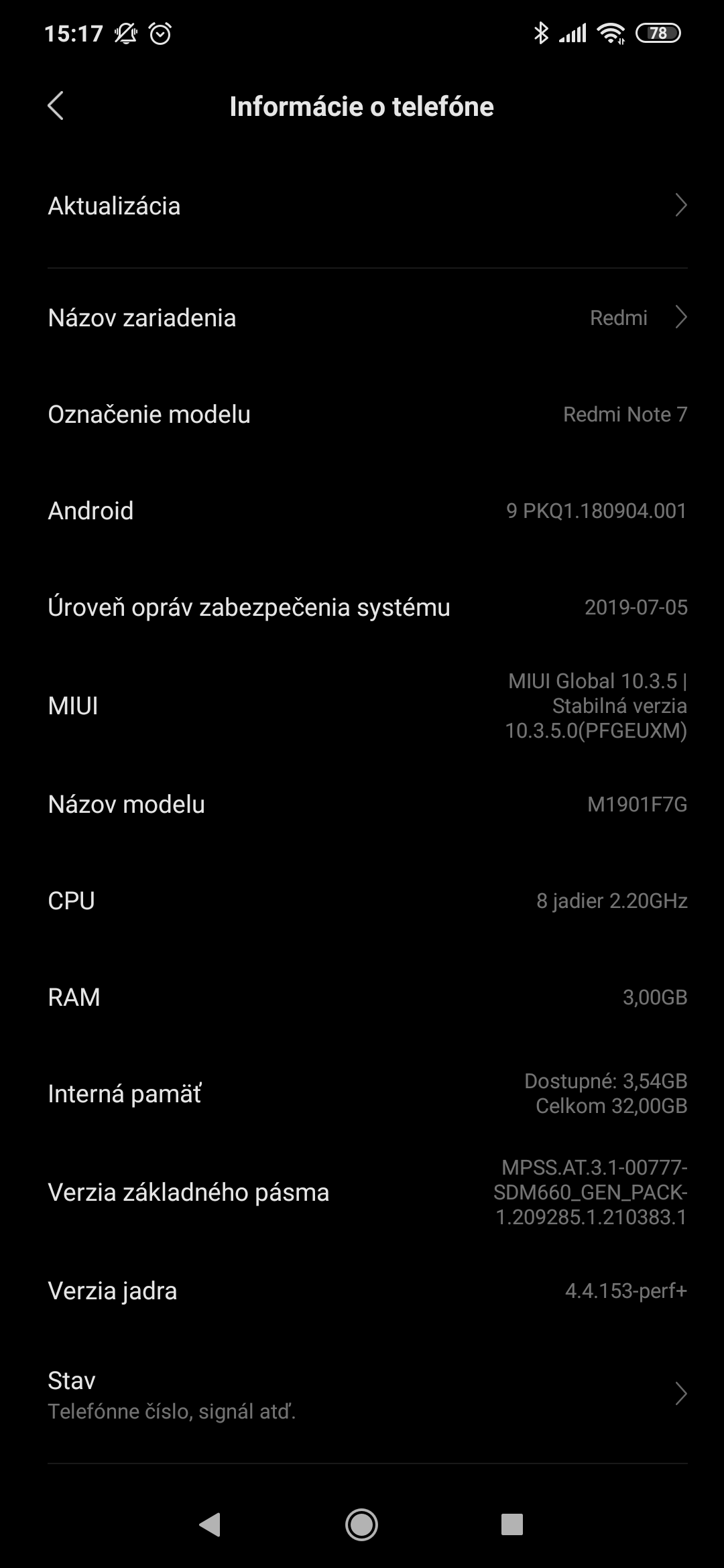

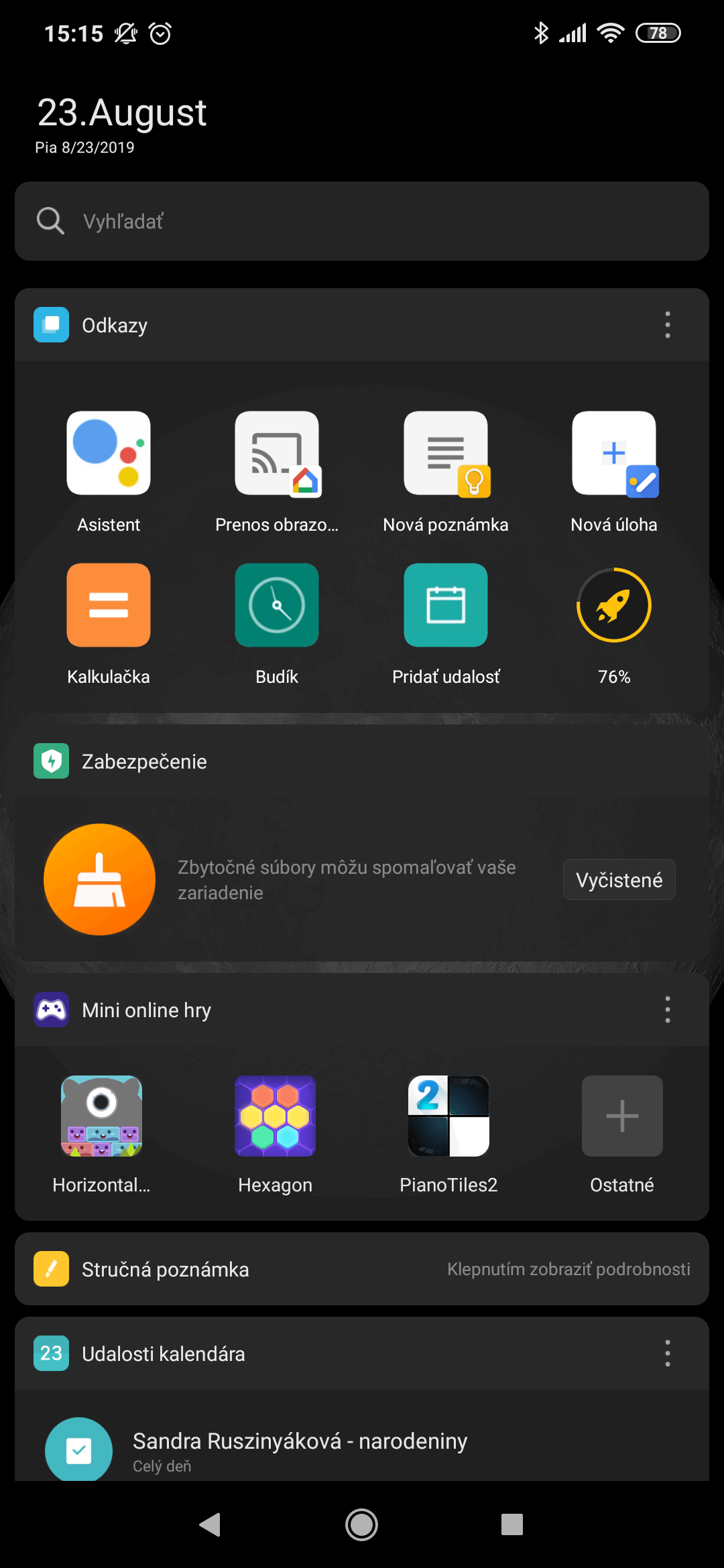
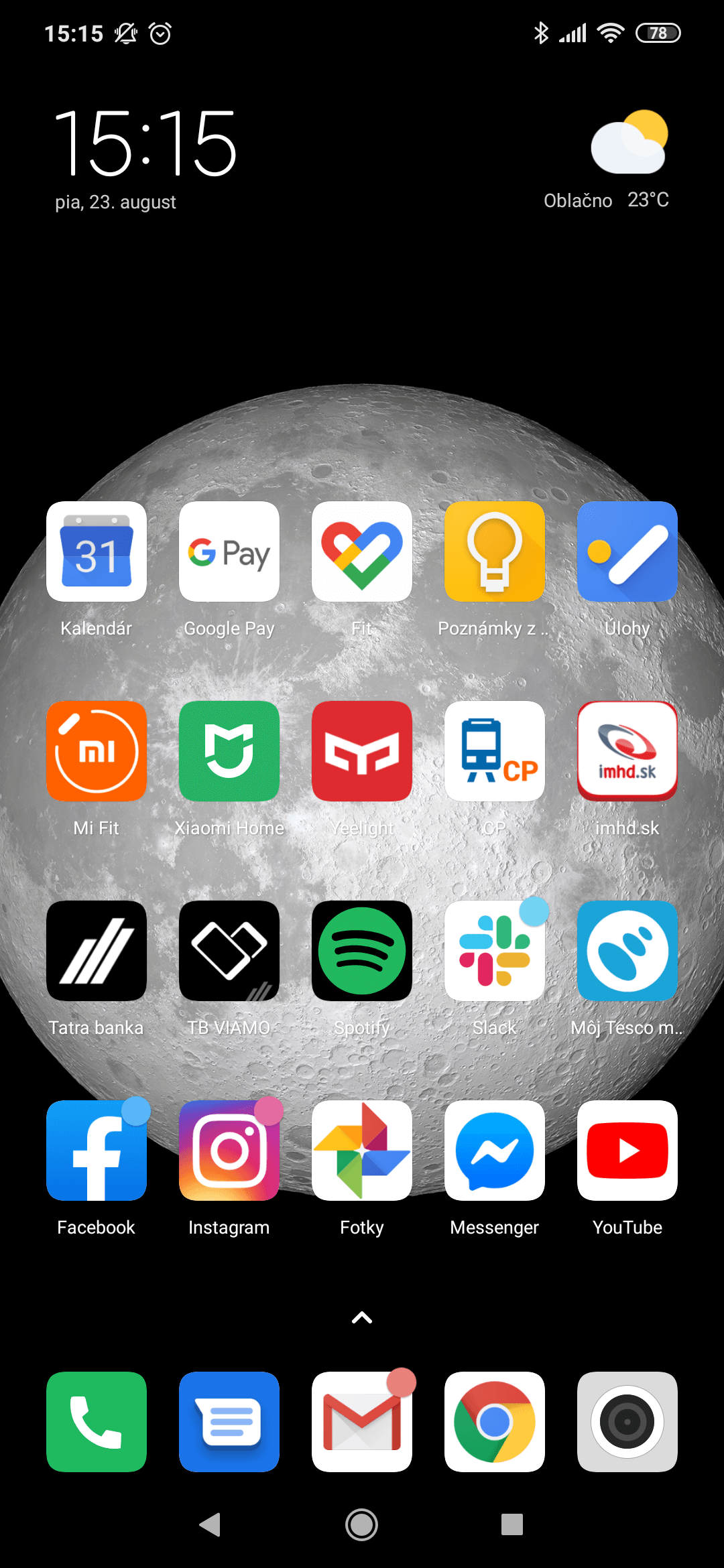
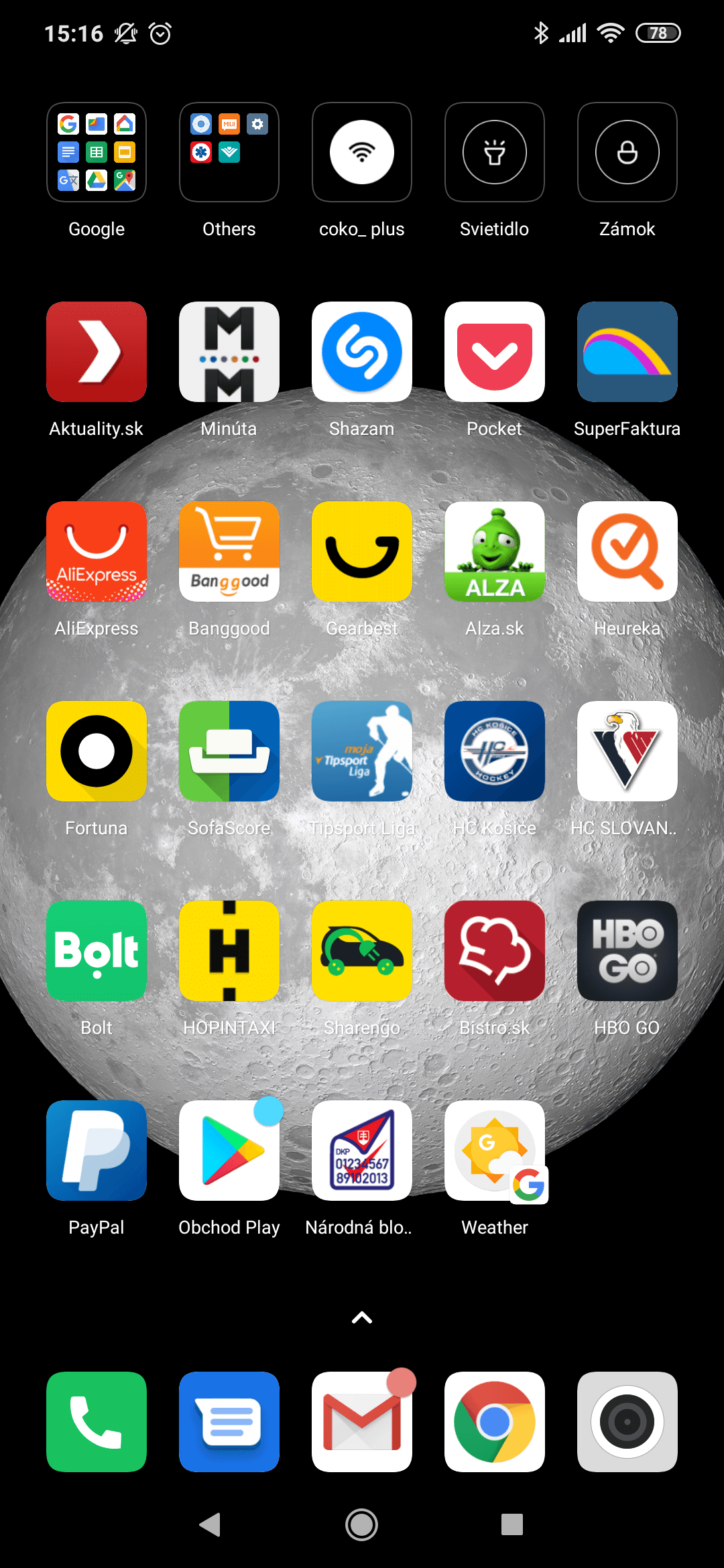
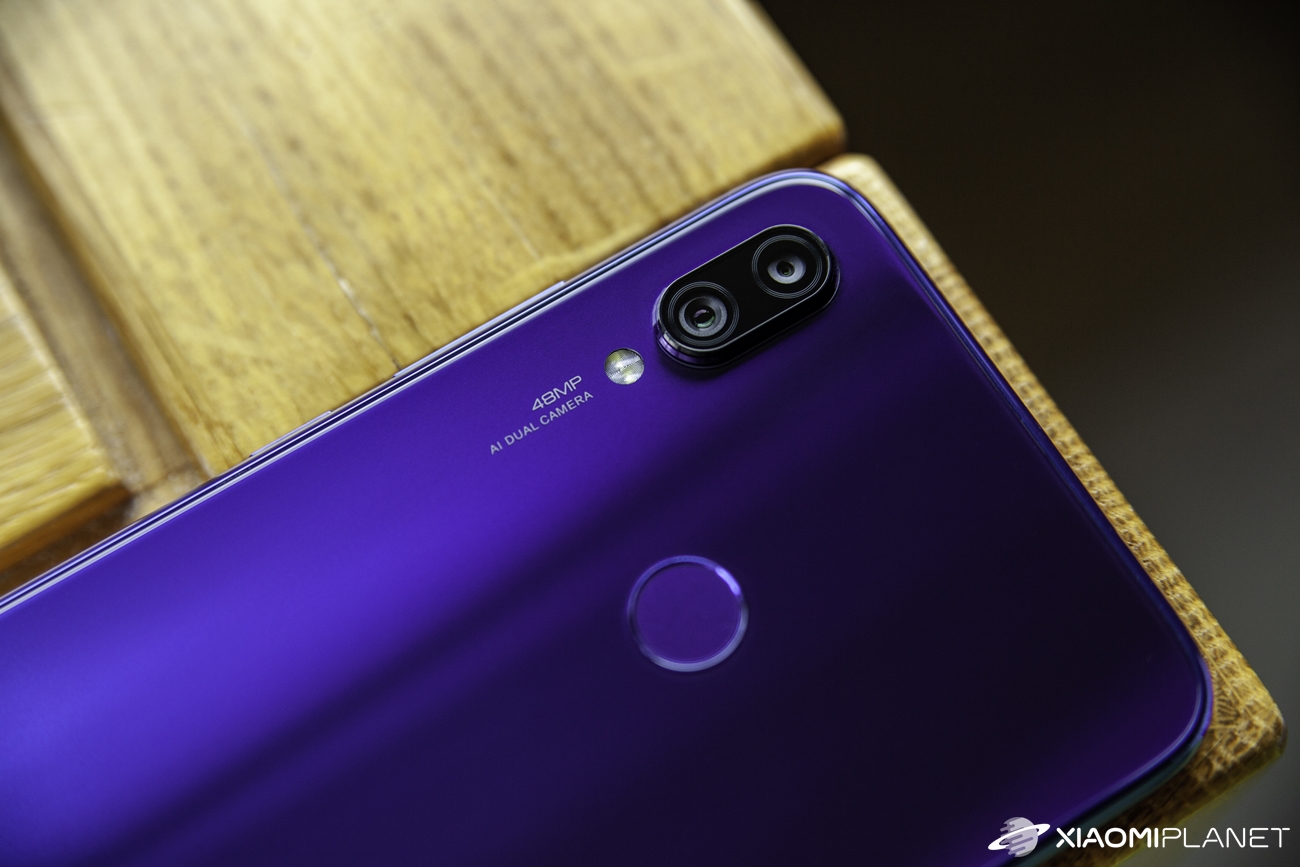




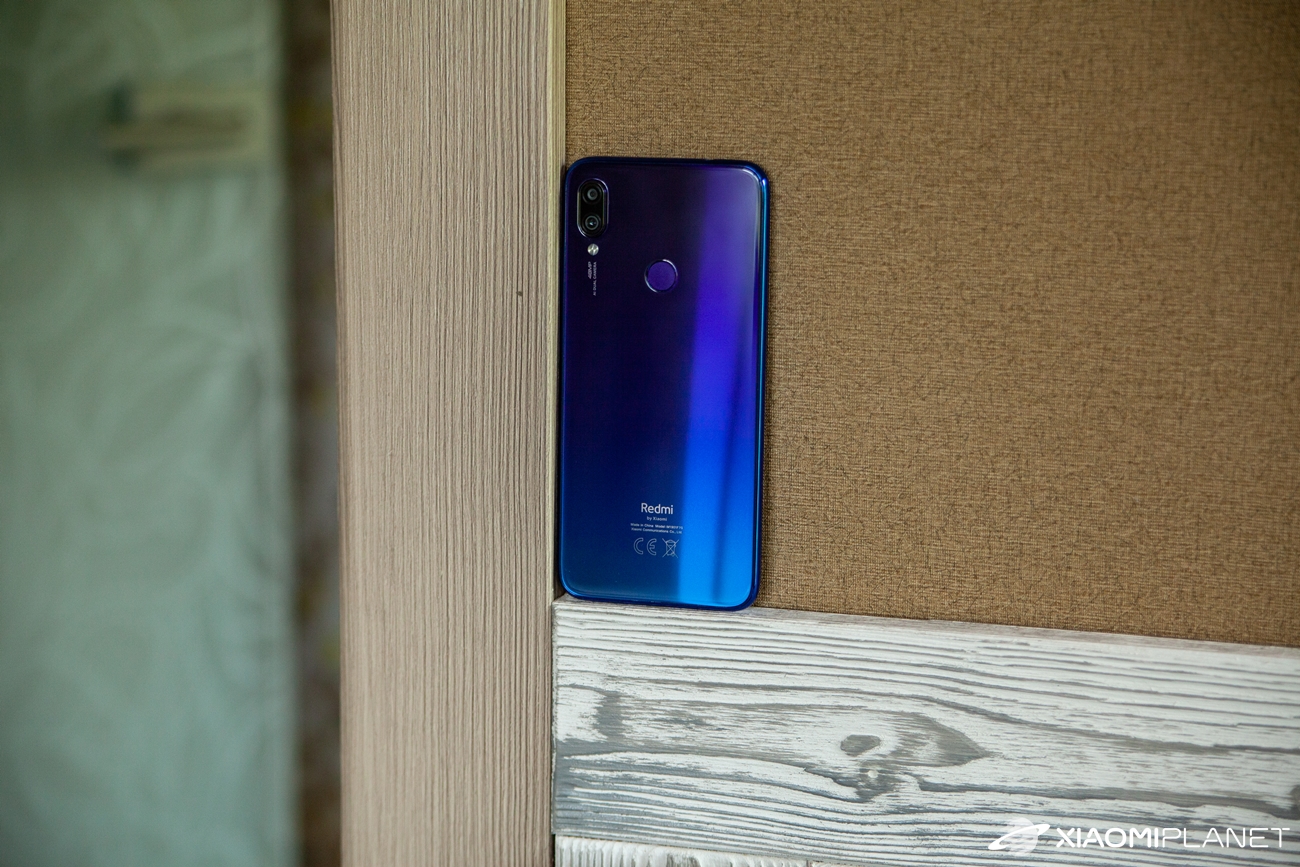
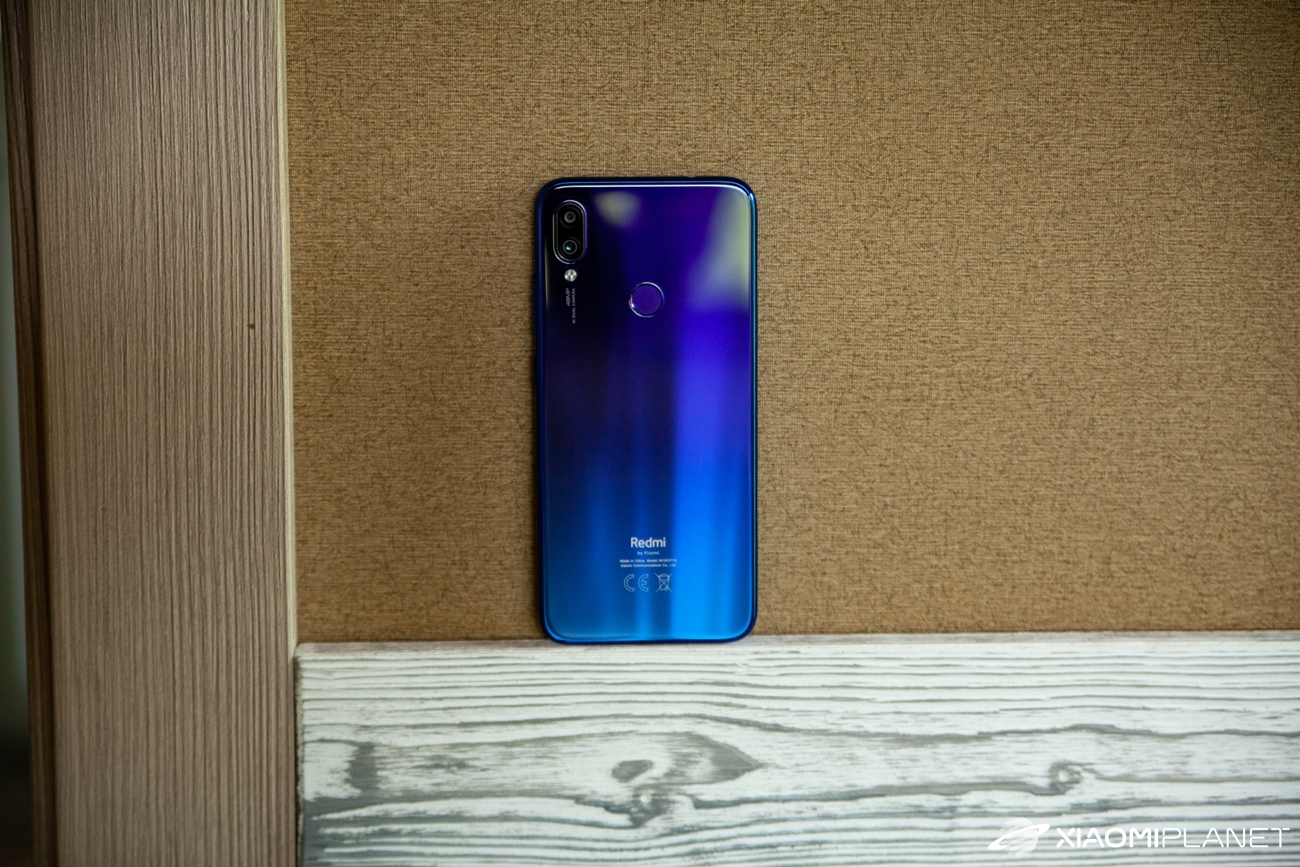
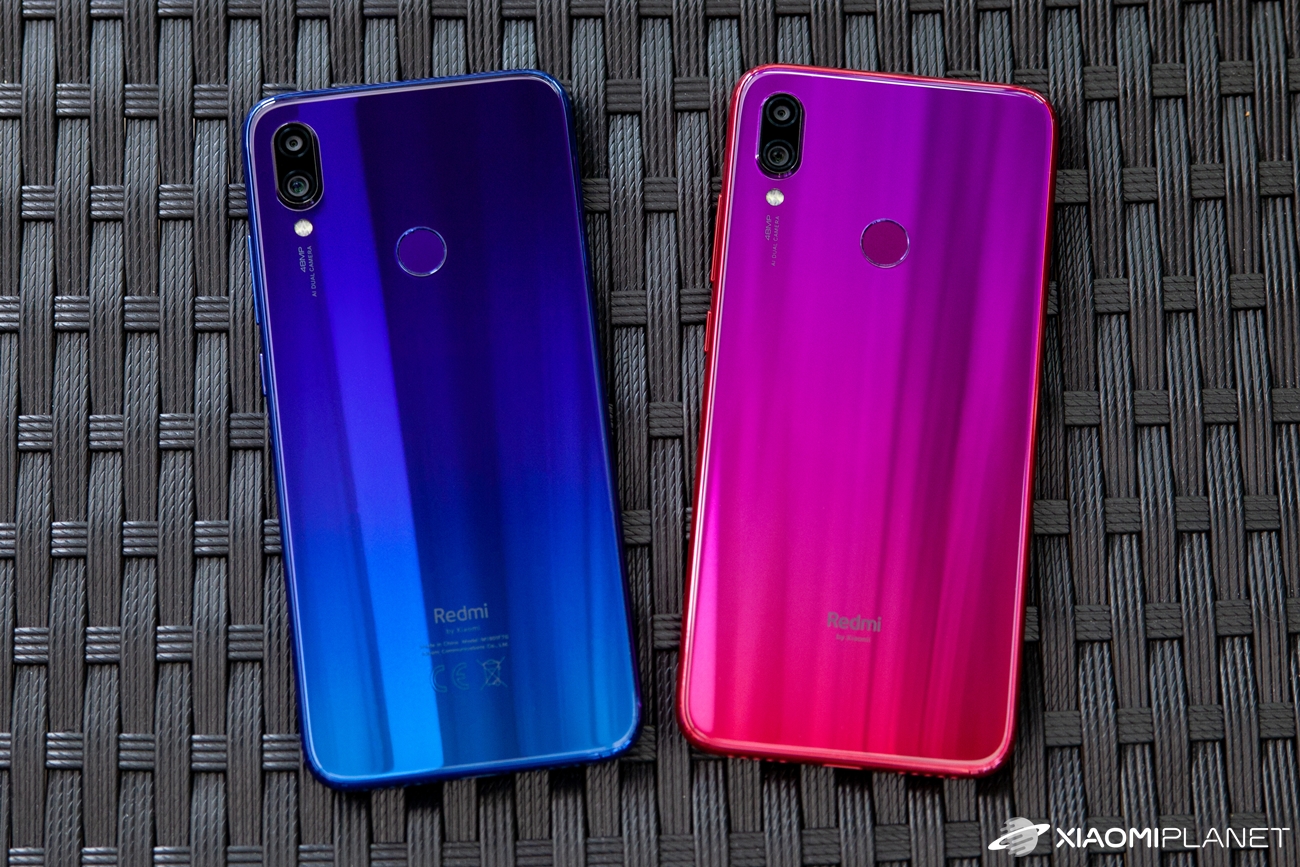

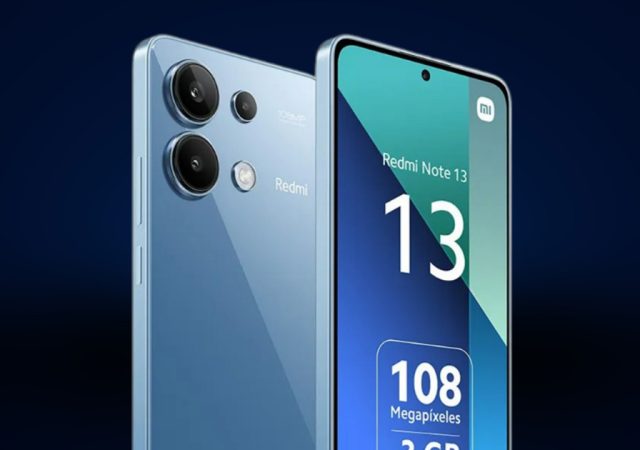
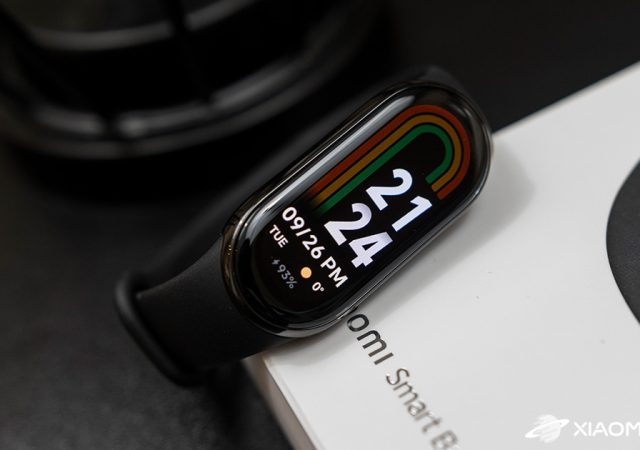
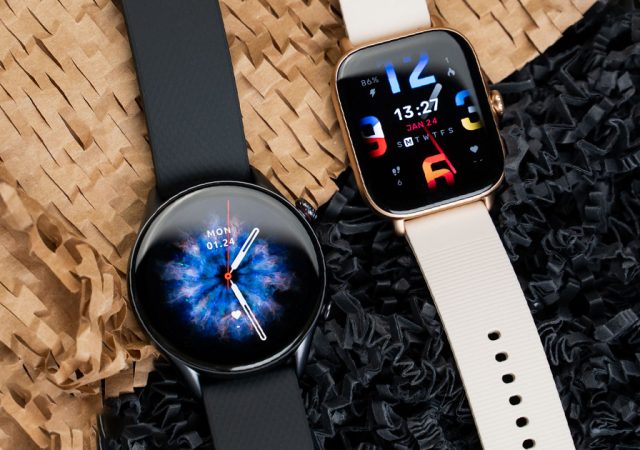
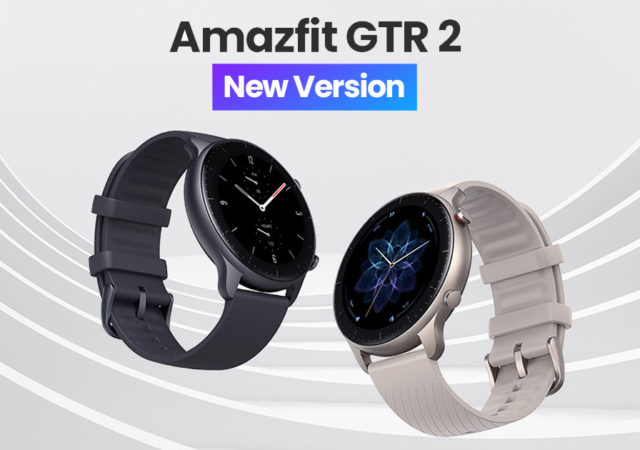
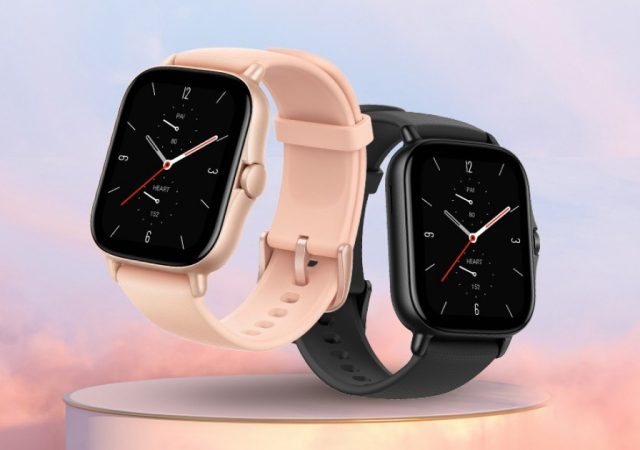
A beautiful phone visually and functionally, I just don't know why the Chinese engineers saved on the notification LED, which was already perfect in the model Redmi 1S, currently it's practically invisible and since it lacks RGB, you can't set the colors of the notifications... this is one of the biggest disappointments for me... Apart from this downgrade, it's a really fantastic phone... And for those who are looking in vain for the "opener" of the SIM card, it is relatively well hidden, you have to go through the whole package, I only found it thanks to google search 🙂